Common cleaning products in daily life include towels, paper towels, and cotton pads. Because towels are prone to bacteria, paper towels are easy to break and to fall off, and contain bleaching agents, wet strength agents, and cosmetic cottons are likely to cause adverse reactions. Consumers are paying more and more attention to the choice of cleaning products. As a cotton towel made of 100% pure natural cotton, no chemicals are added during the production process, and it is safer than other papers. It has the characteristics of softness and fineness, good water absorption, and no chipping. It has become a new substitute for towels, paper towels, cotton pads and other products.
At present, there are many brands of cotton soft towels on the domestic market, but there are fewer enterprises with independent research and development capabilities, mostly for OEM production, resulting in the leading company brand position is difficult to shake.
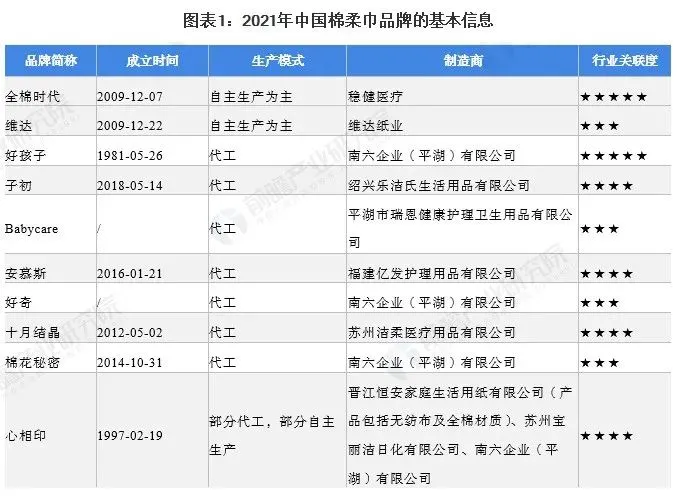
Cotton soft towels mainly contact facial skin. Babies, pregnant women, people with sensitive skin and people with high frequency of beauty care are more willing to pay high prices for high quality. Therefore, the relatively broad market space of cotton soft towels has attracted many brands to join this track. According to the strength of the brand, the specifications of cotton soft towels are different,which are mainly divided into three categories: multiple specifications (including most of the brands on the market), larger specifications and small specifications:
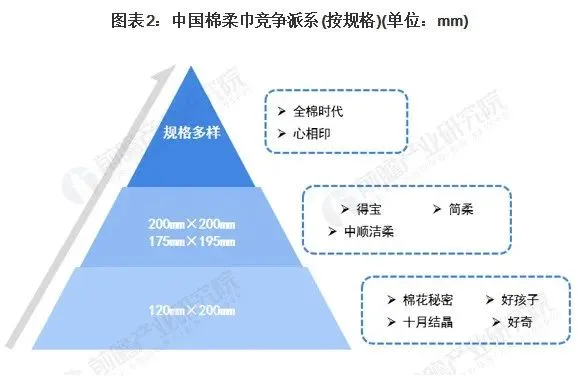
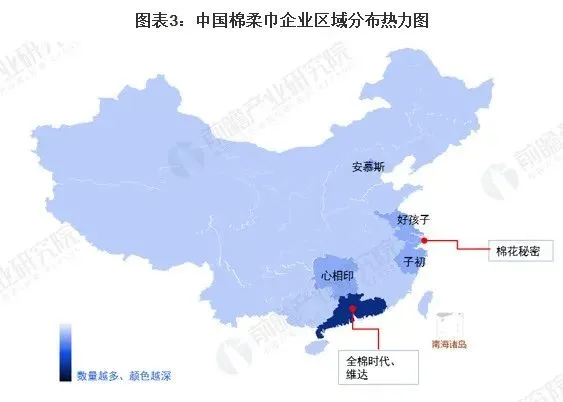
The rapid growth and good development prospects of the cotton soft tissue market have attracted more participants. The first-mover advantage, technological advantage, production advantage and medical endorsement of the brand Purcotton are highlighted, the leading position is stable, and the long-term pattern is good. Purcotton currently has an overall market share of nearly 40%.

The rapid growth of the cotton soft towel subdivision track has attracted many brand layouts. The number of brands in the market currently exceeds 520. In addition to the cotton era of product developers, it also includes C&S, babycare, Grace, MIMICOTTON, gb, Matern'ella, and MINISO , FulCotton and other brands, the continuous increase in the number of participants has led to intensified industry competition. Purcotton's online Tmall channel market share is about 44%, occupying an absolute leading position. Babycare's online Tmall channel market share is about 20%, and Anmous has a market share of 6%.
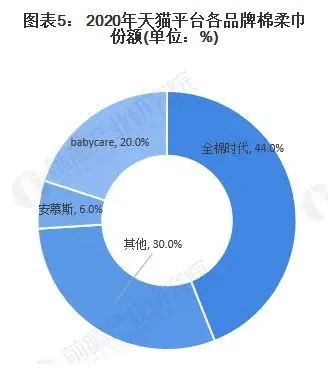
In 2020, the concentration of China's cotton soft towel industry was relatively high, and leading companies occupied most of the market, with CR3 reaching 66%. The head brand has improved more obviously, and Purcotton has contributed the most, with CR1 as high as 40%.

At present, there are more than 520 brands in the cotton soft towel market, but different brands of cotton soft towel products are affected by the company's technical level, cost control, emphasis, and resource input, and their category, performance and material are different. Some products are not all cotton, but contain viscose fiber and polyester. As the first-mover product, Purcotton products can truly realize all cotton material, and also perform well in terms of water absorption, toughness, tear resistance, wrinkle resistance, and compactness, and the overall performance is excellent. At present, the domestic mainstream market price is concentrated in the range of 0.14-0.2 yuan per piece, accounting for about 68%. Purcotton cotton soft towels are positioned at the high end, with the most comprehensive sub-categories, forming a complete gradient of price bands to fully cover consumer groups, leading the rapid increase in product penetration in various consumer classes, and it is expected to continue to increase in the future.
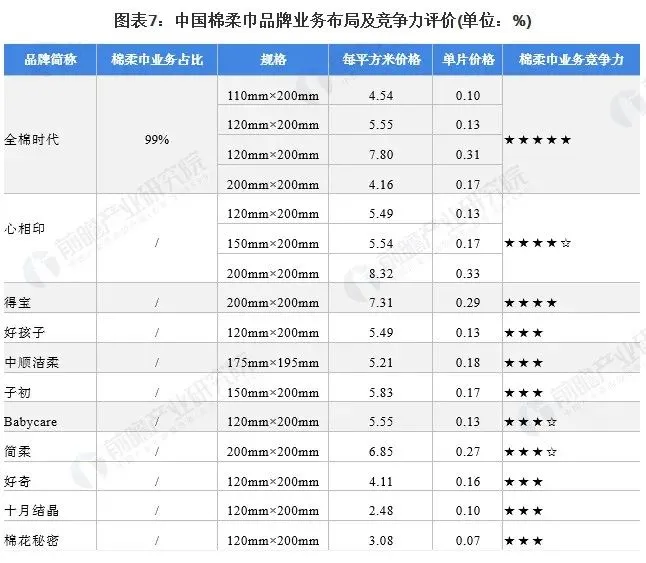
Analyzed from the perspective of the five forces competition model, at present, China's cotton soft towel industry belongs to the hygiene products industry with general substitutes; the number of existing competitors is high and the market set is high; the upstream suppliers are generally materials such as cotton and fiber enterprises with small bargaining power; the downstream consumer market is mainly consumers with general bargaining power. At the same time, the threat of potential entrants is high because of the industry's entry qualification as well as the low capital and technical threshold.
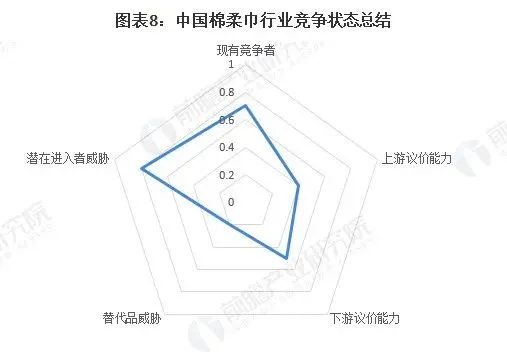
Comment(0)
You can comment after
SIGN IN